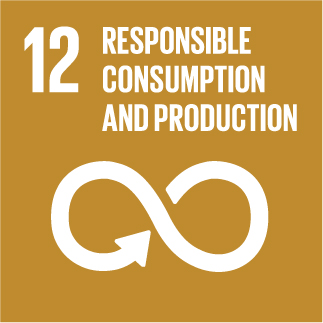Integrated manufacturing of REciclable multi-material COmposites for the TRANSport sector
Fabrication of Glass/Jute Hybrid Composite over Wrapped Aluminum Cylinders: An Advanced Material for Automotive Applications
As a class of promising cost-effective lightweight structures, metal-composite hybrids have rapidly emerged in automotive industry largely attributable to their outstanding multifunctional and crashworthy characteristics. The aim of this study is to investigate the potentiality of metal-composite cylinders for crash energy absorption applications. In this context, the crashworthiness performance, and the deformation history of jute (J)/glass (G) reinforced epoxy hybrid composite over wrapped aluminum (Al) cylinders were experimentally studied under quasi-static axial loading. Crashworthiness characteristics of the proposed cylinders were evaluated by measuring the average and peak crushing loads ( ({mathrm{F}}_{mathrm{avg}}) , ({mathrm{F}}_{mathrm{ip}}) ), specific energy absorption ( (mathrm{SEA}) ), total absorbed energy ( (mathrm{U})) , and crush force efficiency ( (mathrm{CFE}) ). The influence of the number of J-layers on the deformation profiles has also been defined. Result revealed that the highest ( ({mathrm{F}}_{mathrm{ip}}) ), ( ({mathrm{F}}_{mathrm{avg}})) , and ( (mathrm{SEA}) ) noted for Al-3G-2 J-3G with values of 85.45 kN, 53.14 kN, and 39.99 J/g, respectively. The maximum ( (mathrm{U}) ) was documented for Al-8G with a value of 3535.89 J. The highest ((mathrm{CFE})) was recorded for Al-2G-4 J-2G followed by Al-3G-2 J-3G with a value of 0.65 and 0.62, respectively. Al-3G-2 J-3G cylinders exhibit excellent energy-absorbing capacity and could be applied as energy-absorbing crashworthiness structures in automotive applications.

» Reference: 10.1007/s12221-023-00116-9
» Publication Date: 06/02/2023

This project has received funding from the European Union's Horizon 2020 research and innovation programme under grant agreement Nº 768737


